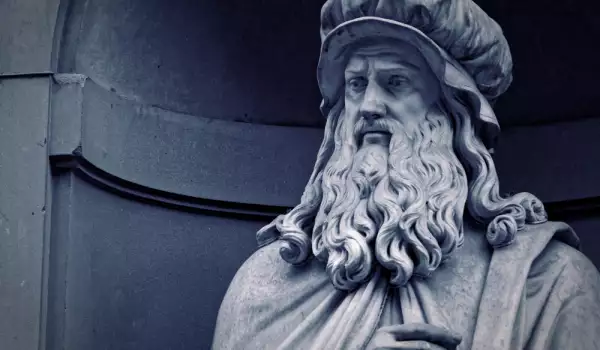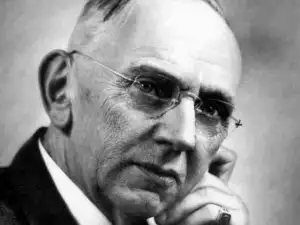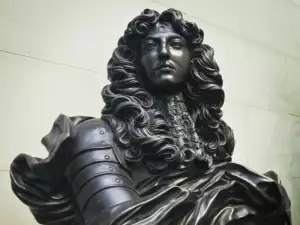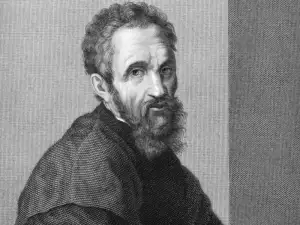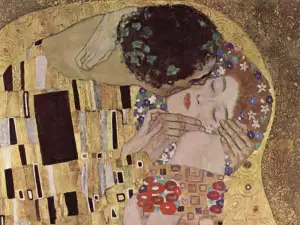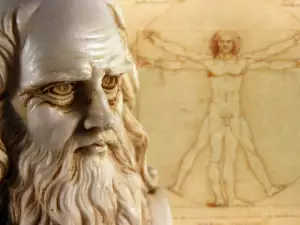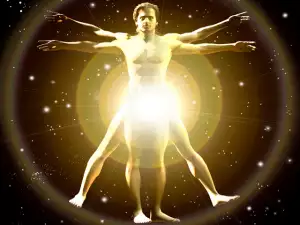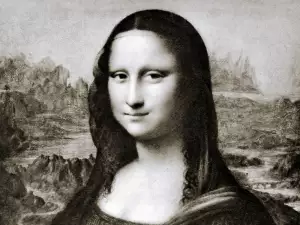If we have to give an example of a universal genius, it is undoubtedly Leonardo da Vinci. We would not be wrong, if we also define him as the peak of the Italian Renaissance. All possible superlatives suit him, because Leonardo is truly an example of an eternal genius before whom the world bows.
The personality of Leonardo da Vinci
The life and work of Leonardo da Vinci leave a deep and indelible mark in the long history of mankind, because we're talking about a multi-talented creator. He a great artist, sculptor, architect, inventor, anatomist, botanist, zoologist, musician, physicist and costume designer all in one. It is as if there is no sphere of human activity in which he has not manifested himself and excelled.
There are many mysteries surrounding Leonardo da Vinci's personality, but a closer examination of his personal life reveals that the mysteries have their own logic, because they stem both from the turbulent times in which he lived, as well as from the blows of fate which he suffered from his birth. The goals he sets for himself are incomprehensible to his contemporaries, but this is completely understandable - what genius can be fully understood?
The continuing interest in his personality is due to his eccentricity for his time, his innovation and his genius. Every project he starts, no matter what field it is in, has made a huge contribution to the field it belonged to.
Trying to understand this complex personality nowadays is no less difficult, but we can appreciate the influence he had, from the perspective of time, several centuries removed from his own.
The life destiny of Leonardo da Vinci
Although we most often connect da Vinci as the last name of the Italian genius, this is a mistake. Leonardo doesn't have a last name. Literally da Vinci means from the city of Vinci - his birthplace in the Tuscany region.
At the time when Leonardo lived, only the representatives of the upper class had hereditary surnames. Only after the 16th century did this become a more widespread practice, but at the time of Leonardo it was accepted that people were named after their birthplace. Therefore, the genius is simply Leonardo da Vinci, because he did not belong to the upper class, despite the fact that his life was spent among the most influential people of the Renaissance in Italy.
Moreover, he is the illegitimate son of the rich Florentine notary Ser Piero and the 16-year-old servant Caterina. Soon after his birth on April 15, 1452 in Anchiano, a district of the city of Vinci, his mother married a craftsman. His background is something that traumatized him from his childhood and created a complex for him for life.

Considering his genius in all areas of life it is surprising that he received no formal education. He mastered reading, writing and the basics of arithmetic, but in-depth education was something that came to him later in life. The Latin language, which at that time was widely spoken, Leonardo mastered himself later on. His higher mathematics was revealed in its splendor at the age of 30.
On the road to art
In 1466 Leonardo da Vinci became an apprentice in the atelier of the respected artist Andrea del Verrocchio. He was then 15 years old and this is in complete agreement with the canons of the time.
Verrocchio, the future genius not only mastered basic painting and sculpture techniques, but also engineering. He also studied chemistry, metallurgy and metalworking. At the age of 20, he was accepted into the Florentine Guild of Artists, but spent another 5 years with Verrocchio before embarking on the path of his independent development.
Florence, Milan and Rome - the three capitals of the Renaissance, are cities with which his life and work are connected to. There he finds people among rich families who commission him to work for them. Most famous among them is Ludovico Sforza. For a time he was employed as an engineer by another famous figure of the Renaissance, Cesare Borgia, the son of Pope Alexander VI.
In 1516, Leonardo received an invitation from the French King Francois I, where he was given freedom to work on his projects for a generous fee. He was also tasked with organizing lavish receptions for the royal court.
On May 2, 1519, Leonardo da Vinci died in France, in the estate granted to him by the king.
The genius works and inventions of Leonardo da Vinci
Perhaps because of world-famous works such as Mona Lisa, The Lady with an Ermine, The Last Supper and others, Leonardo da Vinci lives in the mind of modern man mainly as an artist, but this is not the case at all. About 12 paintings are currently considered to be his works, at the same time he left us a huge number of sketches, anatomy studies, building plans, designs for tanks, aircraft, even a diving suit, bridge designs, town planning. Most of his ideas were not realized, he was too far ahead of his time.
Leonardo makes a revolution in portrait painting. The portraits he paints create the image of the Renaissance person. They contradict the creative canons of the time. The ladies are no longer drawn in profile, the way it was customary, but their full face is facing the the observer.
But that's not the most important thing. In Leonardo's painting, man is placed in the center - he is the beginning and the end of life, unites the idea of good and evil, unites the spiritual and the worldly. He is the new man who has the advantage and the responsibility of living in a new era, the most brilliant period of the development of Europe. Therefore, the images painted by the artist Leonardo are an information fund for understanding human nature.
Leonardo da Vinci is the author of many scientific discoveries that have found their understanding in our times. In each of these endeavors he has moved from the position of the researcher, the theoretician to the implementer.
His ideas in the field of technology amaze with versatility and insight. Scientific experiments in mechanics, technology, military affairs, transport machines, measuring instruments, optics have already been realized today. The technical heritage of about 7 thousand manuscripts and drawings is a truly spectacular work that changes our idea of the possibilities of a human.
Perhaps all his genius was due to the fact that he saw science and art as an indivisible whole, just as the world was an indivisible unity in his ideas. Throughout his life, he was filled with curiosity about this wonderful world, he sought to unravel all its secrets and in his art he included elements of his natural scientific knowledge, to which he devoted a considerable amount of time to study the proportions of the human body, how the organs function and what drives life. This is the man with the greatest contribution to unraveling the great design of nature.
Significance of Leonardo da Vinci's work
Leonardo himself is an epoch in the development of man as the engine of life. He shows the dimensions of the human mind, proving that there are no limits to it. As well as for the talent and range of interests that can occupy and move the human personality. Anyone can be a creator as long as they have an eye and a heart for the world around them. No other person embodies this idea better than Leonardo da Vinci. That is why even today, more than 500 years after his death, this unique genius of mankind is an eternal symbol of talent and genius.
